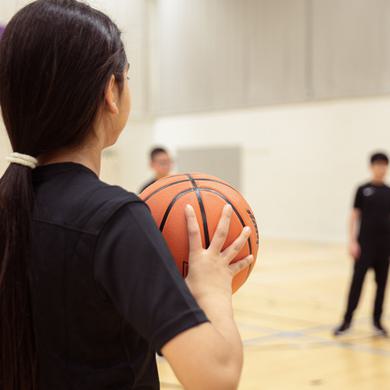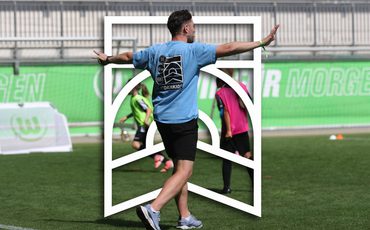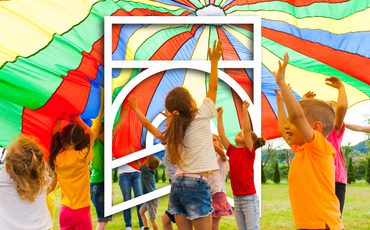The Impact and Signs of Child Abuse
Module 3
Here we are going to spend time looking at the consequences of child abuse. More importantly, we are going to learn to identify some of the most common signs of child abuse, so we can spot it early before it is too late.
Let’s start by exploring the impact of child abuse in general. Please have a look at this short video produced by the NSPCC in the UK
The evidence is clear; abuse can have long-lasting and broad-ranging effects for a child’s development and wellbeing.
ABUSE CAN HAVE LONG-LASTING AND BROAD-RANGING EFFECTS.
It can lead to mental disorders, lower self-esteem, disruption to the child’s education, create substance addiction, and lead to aggressive and abusive behaviour towards others. But that’s not all, adults that were abused as a child are more likely to commit crimes, be institutionalised, and they also have higher suicide rates.
Effects of child abuse:
• Mental disorders
• Lower self-esteem
• Disruption to education
• Substance addiction
• Aggressive / abusive behaviour
• Commit crimes
• Be institutionalised
• Higher suicide rates
Signs of Child Abuse
The consequences of child abuse are devastating and that’s why coaches have to be ready to spot the signs. Although some of the indicators are common to all forms of abuse, others are typically linked to specific types.
Neglect
For instance, children who are neglected may look malnourished, unkempt, may be constantly tired or hungry and may find it difficult to make friends.
Neglect Signs:
• Malnourished
• Unkempt
• Tired
• Hungry
• Struggle to make friends
PHYSICAL ABUSE
In the case of physical abuse, the signs tend to be more obvious. These can include unexplained and recurrent injuries and bruises. Sometimes these are in parts of the body where accidental injuries are unlikely like cheeks and thighs.
Typically, these children will be reluctant for you to contact their parents and can be prone to aggressive behaviour and uncontrolled emotional outbursts. They also tend to be uncomfortable when approached or touched and keep their bodies covered even in hot conditions.
Physical Abuse Signs:
• Unexplained or Recurrent injuries
• Injuries in unlikely places
• Reluctance to contacts family
• Emotional outbursts
• Uncomfortable with proximity
SEXUAL ABUSE
In relation to sexual abuse, some of the physical signs include pain, bleeding, and bruising or itching in the genital area. Stomach pains and discomfort when seating or walking are also common. In extreme cases, children may acquire a sexually transmitted disease, and in the case of girls, they may become pregnant.
Sexual Abuse – Physical Signs:
• Pain, Bleeding
• Discomfort about genitals
• Stomach pains
• Discomfort seating
• STDs
• Pregnancy
The emotional and behavioural signs of sexual abuse are very wide ranging, but some of the most common ones include: changes in behaviour, becoming fearful or withdrawn, wetting the bed, having sexual knowledge beyond their age, making sexual comments, self-harming and even suicide attempts.
Sexual Abuse – Emotional and Behavioural Signs:
• Changes in behaviour
• Fearful
• Withdrawn
• Wetting the bed
• Sexual knowledge beyond age
• Sexualised behaviour
• Self-harm
• Suicide
EMOTIONAL ABUSE
Signs of emotional abuse include speech disorders, developmental delays, lack of desire to play, fear of making mistakes, self-harm and fear of parents being contacted.
Emotional Abuse Signs:
• Speech disorders
• Developmental delay
• Lack of desire to play
• Fearful of mistakes
• Self-harm
• Fear of contacting parents
It is important that when looking for signs of abuse, we consider them as part of a pattern of indicators, because separately, each sign may well have an alternative explanation.
Spotting signs of abuse is difficult, and we don’t expect you to have become an expert after reading this section. Please complete the STUDY GUIDE TASK below – seek out additional resources and training in this area from your national governing body or federation or any other relevant organisation. But please be vigilant when working with children.
Thanks for reading and for caring about children’s wellbeing.

NEXT SECTION
Let’s take some time to reflect on these ideas and in the next section we will talk about preventing child abuse in sport.
PLEASE NOTE
Safeguarding and Protecting Children in Sport, while important in every country, fits within a different best practice/legislative framework for each country. Because of this, please check the specific laws, policies and procedures that are applied in your country. Also check the information and advice provided by your sports sector and your sport’s national governing body/federation.
What is included here are GENERAL GUIDELINES. These are primarily based on UNICEF Safeguarding in Sport Guidelines.
Please see - https://www.unicef.org.uk/spor...;
Comments
Related Pages


